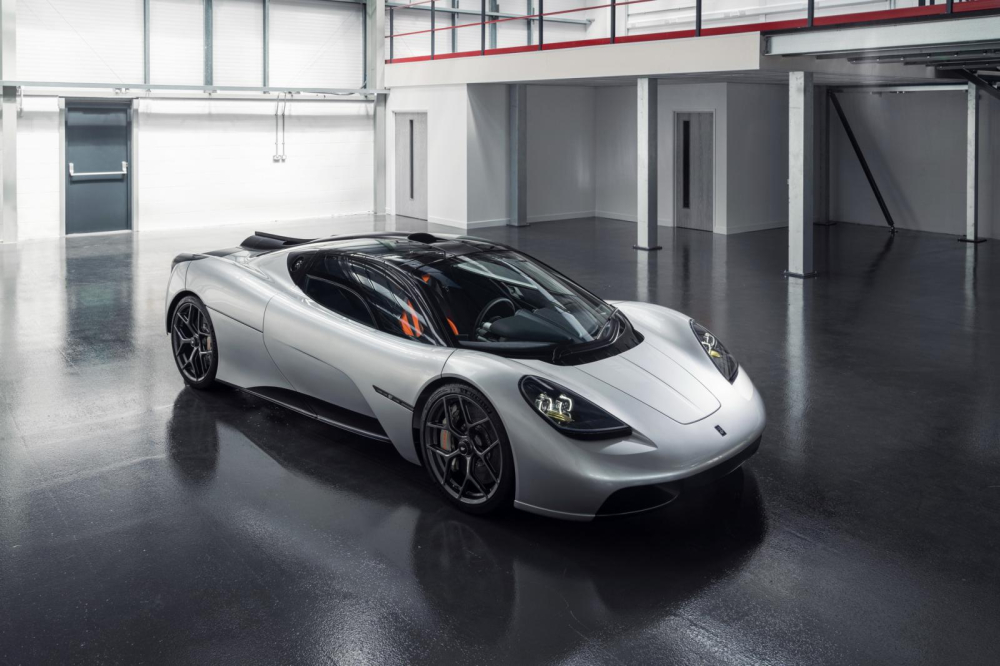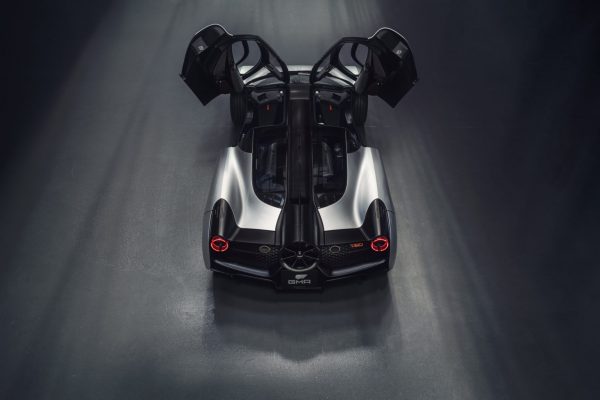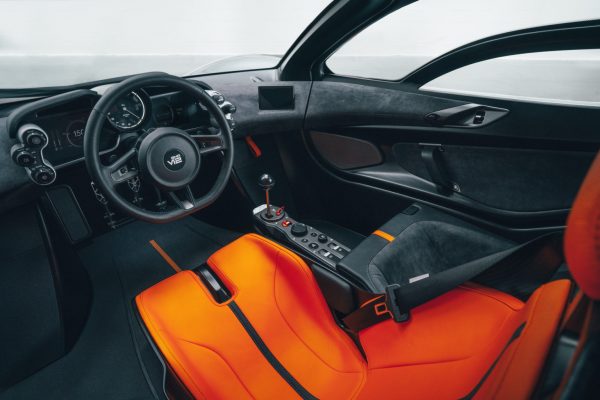For those who are ignorant of automobiles, Gordon Murray most likely means nothing. But the name also evokes memories of multiple Formula 1 cars, many of which have won important races and world championships, and what many consider to be the greatest supercar ever made.

Murray, a British-South African designer, produced the fabled McLaren F1, which is limited to less than 100 units and can today fetch up to $20 million at auction. He also worked on the McLaren versions, helping Ayrton Senna capture the 1989 and 1990 championships. Additionally, he helped Brabham team drivers like Nelson Piquet win the 1981 and 1983 Formula One World Championships. Notably, he designed the 1978 Brabham BT46, which won the race that season but was later pulled because of contentious ground-effect increased fan technology.
Murray has remained closely involved in the automotive sector even after departing from McLaren over fifteen years ago. Together with sophisticated one-seat convertible roadsters and small city automobiles, he has designed clever utility vehicles that are reasonably priced for the Third World Market. There was a general belief that he was also creating a spiritual substitute for the McLaren F1, and those speculations eventually materialised.

It’s possible that the new Gordon Murray Automotive T.50 is the last model produced of its kind. The T50 costs £2.36 million (before taxes) and is a limited edition car. It is propelled by a 3.9-liter naturally aspirated V12 engine, which is produced by Cosworth and does not make use of hybrid technology. Its weight of just 178kg makes it the lightest V12 engine ever. It has a remarkable 12,100 rpm maximum and 654 horsepower. Murray has carefully optimised every facet of the T50’s design and manufacturing, which helps explain why it weighs so little. Stated differently, the vehicle boasts an unmatched power-to-weight ratio.

The centre of the cockpit houses the passenger seat and the manual six-speed Xtrac transmission, which, like the McLaren F1, only features a simple gear lever on the driver’s right instead of a gearshift. The exceptionally small 19-inch wheels (Murray ruled out anything larger as unneeded) are complemented by the sleek and smooth body of the T50. It appears as though there are no wings, splitters, intakes, apertures, or vents.

The vehicle’s design is similarly straightforward, sophisticated, and jet-style, with three seats inside and two-way swinging doors that provide “optimal visibility, balance, and immersion in the experience drive.” The accelerator, brake, clutch, gear lever and shift mechanism, and spoke indicators in place of screens are all composed of titanium, as are the carbon fibre wheels. The workmanship and materials quality is exceptional. touchscreen; in other words, despite a 700-watt, 10-speaker Arcam sound system, everything is analogue.

Any gadget meant to surpass driving in every aspect could be referred to as “analogue.” “It’s time to design the ultimate analogue car after thirty years of technological and system advancements [since F1],” Murray remarked. How reliable this promise is will become clear when delivery begin early in the upcoming year. However, there appears to be proof that he not only achieved his goal but significantly outperformed his own already remarkable accomplishments.
